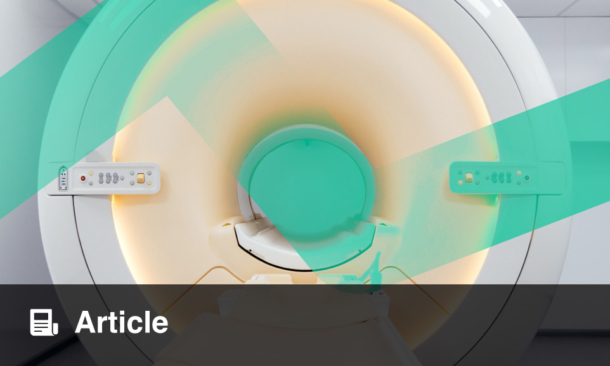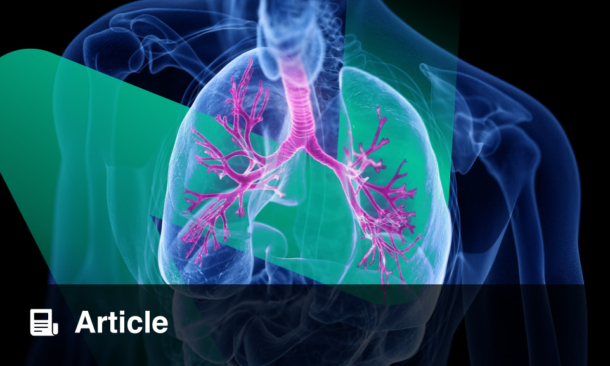A LARGE, multicentre study has demonstrated that robotic-assisted bronchoscopy (RAB) is both safe and effective for diagnosing small and peripheral lung lesions, reinforcing its role in modern pulmonary medicine.
This prospective study enrolled 679 patients across 21 sites in the USA and Hong Kong, all of whom had lung lesions measuring 8–50 mm and underwent RAB. The primary endpoint assessed procedure-related adverse events, including pneumothorax requiring intervention, bleeding requiring intervention, and respiratory failure. Secondary endpoints included navigation success, procedure time, confirmation of lesion localisation using radial probe endobronchial ultrasound (R-EBUS), and diagnostic yield (DY). Pathology reports from the procedure were reviewed by an independent committee, and DY was assessed at the index procedure and throughout 12 months using strict, intermediate, and liberal methodologies.
Of the participants, 55.4% were female, 77.5% had a history of tobacco use, and 13.1% had previous lung cancer. The median lesion size was 18.5 mm, with 87.5% located in the outer two-thirds of the lung. The bronchus sign was present in 59.9% of cases. The primary composite safety endpoint was observed in only 3.8% of patients (19 pneumothorax, 7 bleeding, 0 respiratory failure), confirming the procedure’s safety. R-EBUS confirmed lesion localisation in 93.6% of solid nodules and 78.3% of subsolid nodules. The prevalence of cancer at 12 months was 65.7%. DY was 63.8% using the strict index-only method, increasing to 76.6% with the intermediate approach and 87.0% with the liberal approach. Sensitivity for malignancy was 81.8%.
These results highlight that RAB is a safe and effective tool for diagnosing small and peripheral lung lesions, offering a high diagnostic yield while minimising complications across diverse patient populations.
Ada Enesco, EMJ
Reference
Murgu SD et al. A prospective, multicenter evaluation of safety and diagnostic outcomes with robotic-assisted bronchoscopy: results from the target trial. Chest. 2025;166(4):a5268-70.







